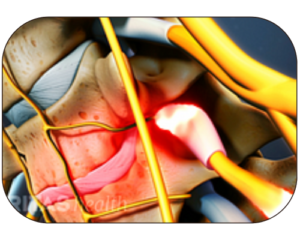
Welcome to Dr. Murali’s Pain Centre, where we specialize in delivering relief and improving the quality of life for individuals suffering from chronic pain. With a commitment to compassionate care and cutting-edge treatments, our dedicated team led by Dr. Murali is here to empower you on your journey towards a pain-free and fulfilling life.

What is Neurolytic Blocks?
A neurolytic block, also known as neurolysis, is a medical procedure used to intentionally damage or destroy specific nerves to provide pain relief, particularly in cases of severe and chronic pain that has not responded well to other treatments. The procedure involves the use of various agents, such as chemicals or heat, to disrupt the nerve’s function or structure, thereby interrupting pain signals traveling along that nerve pathway. t’s important to note that neurolytic blocks are considered when other conservative treatments have failed to provide relief. The effectiveness and safety of neurolytic blocks can vary among individuals and depend on the specific condition and procedure used.
Indications
- Cancer Pain
- Chronic Pancreatitis
- Abdominal and Pelvic Pain
- Sympathetically Maintained Pain
- Trigeminal Neuralgia
- Chronic Back Pain
- Head and Neck Pain
Contra Indications
Injections are generally avoided in patients who have a systemic illness or skin infection over the puncture site, bleeding problems or coagulopathy, or an allergy to local anaesthetics or any of the drugs that will be administered.
Complications
Neurolytic blocks, a procedure involving the deliberate destruction of nerve tissue to alleviate pain, can be effective in managing certain chronic pain conditions. However, like any medical intervention, it carries potential complications. Following a neurolytic block, patients may experience temporary discomfort at the injection site, which is generally manageable with over-the-counter pain medications.
Post Procedure
Following a neurolytic block procedure, which involves the deliberate destruction of nerves to alleviate pain, patients enter a post-procedure phase focused on recovery and potential pain relief. This intervention is often used for chronic pain conditions when other treatments have proven ineffective.
